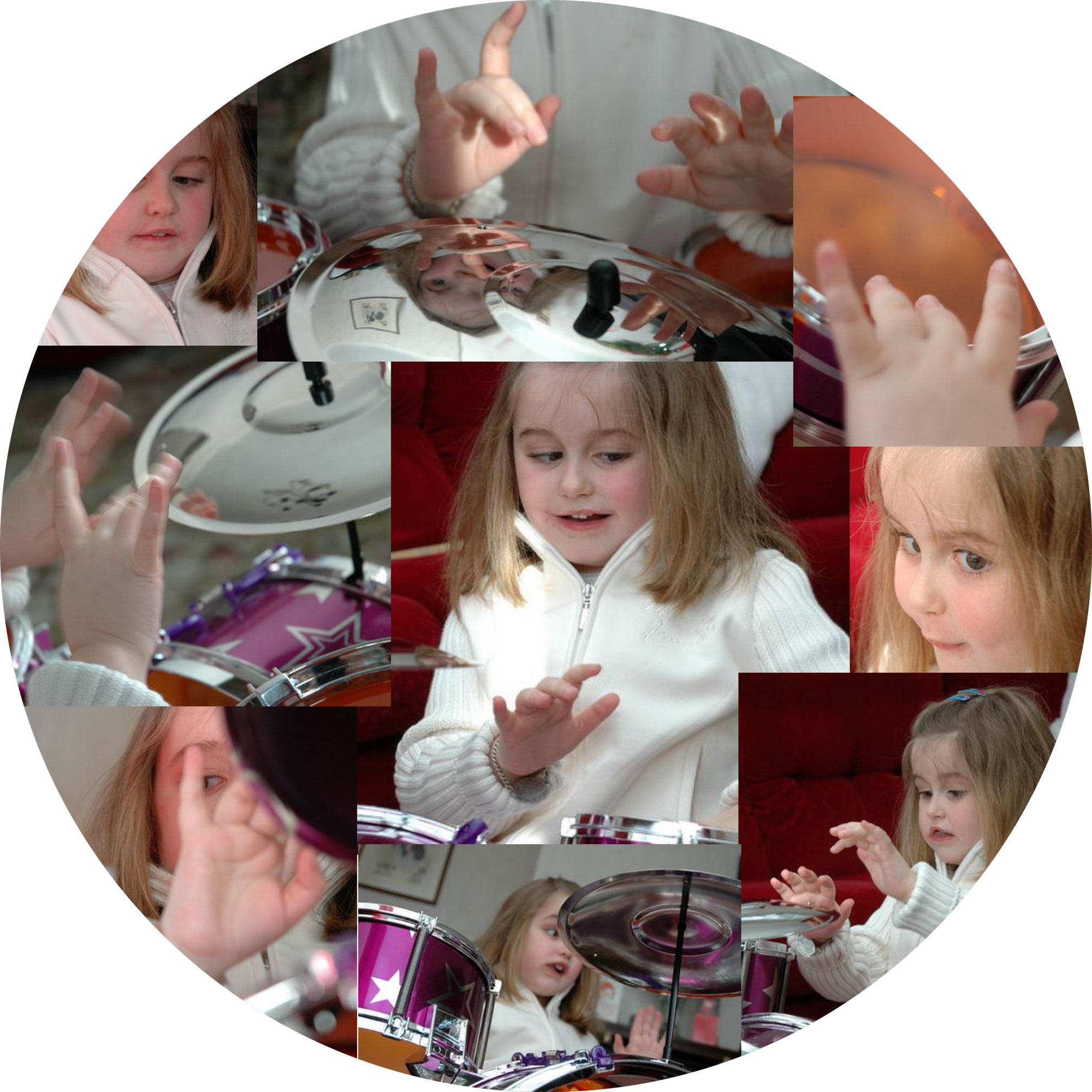Sounds of Intent
An inclusive framework of musical engagement
Sounds of Intent is a model of musical development that sets out how we all engage with music, from children in the early years to older people with dementia, from those with profound learning difficulties who are still learning to process sound, to others who are regarded as advanced musicians in their culture. Sounds of Intent is not specific to a particular style or genre of music; it is meant for music teachers, therapists, community musicians, carers, relatives and friends wherever they are, to help them:
- understand how children, young people and adults engage with music in different ways
- differentiate what they do according to people’s varying musical abilities, interests, preferences and needs
- gauge the impact of their work.
